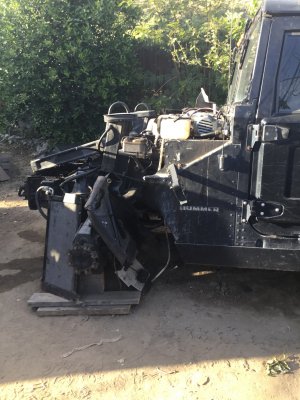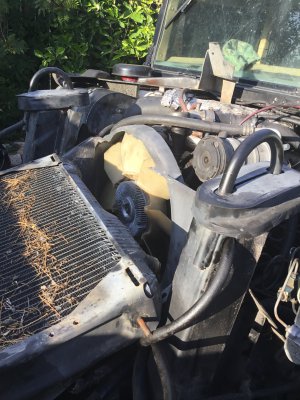Been working on some AXA tool holders. I decided to cut the dovetail first, so roughed out the slot and used a dovetail cutter from there. I went about 0.100 from each side and wound up slightly over the size I was aiming for, measure earlier next time. Doesn't matter for this though, I have a couple that are a little bigger than this and they work fine. Pulled the post from the lathe and it fits up nicely and locks securely.
View attachment 318521
I just used a ruler on the bandsaw, then milled them square again. Wound up with a 0.020 max height variation. Other than two intentionally short ones. The short ones were the last bit of the bar. Could have made one full height and scrap or two little ones. Figure I can cut them for 1/4" or maybe make a couple of boring bar holders for micro100 and similar size tools.
View attachment 318524
Leaning towards not leveling the others out. I have close to that much difference in the Chinesium holders I have from various sources.
Still need to cut the tool slots and drill/tap the hold down screws. Thinking about ordering a bag of cap screws from McMaster for them and the other ones to replace the grub screws.











